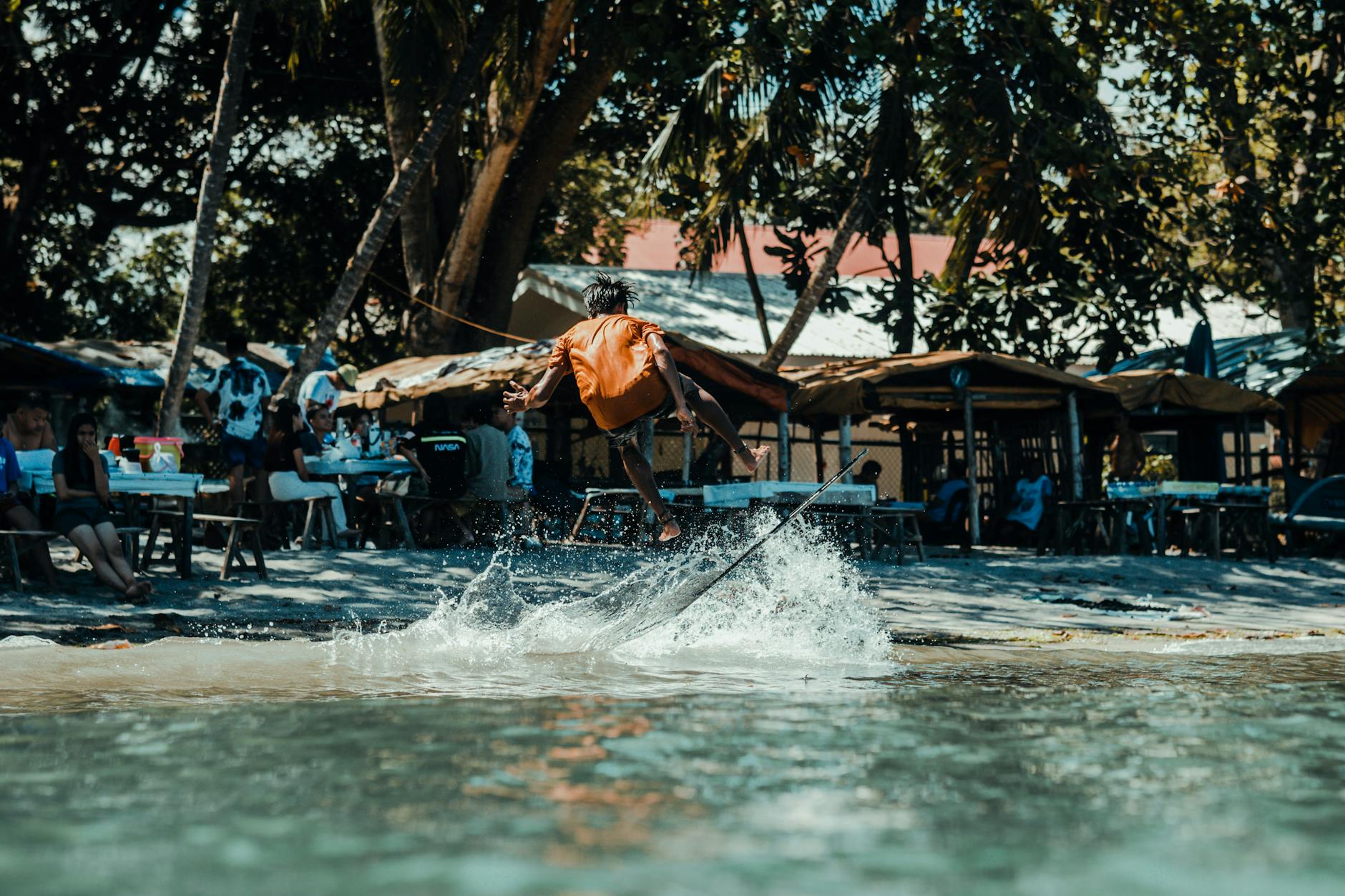The world of winter sports often brings about a spirited discussion regarding which activity reigns supreme: skiing or snowboarding. However, a crucial component often overlooked is the conditioning necessary for these adventures on the slopes. Conditioning plays a pivotal role in determining not only performance but also enjoyment and safety. This blog post delves into the unique aspects of both ski conditioning and snowboarding conditioning to help you discover which one truly elevates your winter experience.
By embarking on this discussion, we hope to provide you with a comprehensive understanding of the physical demands associated with each sport. Both skiing and snowboarding require distinct sets of skills, muscle engagements, and overall body conditioning. Whether you’re an aspiring athlete or just looking to enhance your time on the mountain, knowing the benefits and requirements of each conditioning method is essential.
Ski conditioning focuses primarily on building strength, endurance, and flexibility in the lower body, as well as core stability and upper body coordination. This form of conditioning is fantastic for skiers who navigate a range of terrains, requiring powerful legs to tackle downhill speed and agility for swift turns. Exercises like squats, lunges, and plyometrics are staples in a skier’s regimen, helping to develop explosive power and critical muscle endurance. Moreover, incorporating balance training through devices like wobble boards enhances proprioception, ensuring skiers maintain control as they descend.
The benefits extend beyond mere performance; proper ski conditioning also significantly reduces injury risk. By strengthening the muscle groups essential for skiing, athletes decrease the chances of sprains and strains. For instance, engaging in activities that bolster knee stability, such as resistance band training, prepares the body to absorb shocks and maintain stability during challenging runs. Ultimately, ski conditioning is not just about powering through slopes; it’s about refining skills, promoting overall fitness, and ensuring a longer, more fulfilling skiing career.
Snowboarding conditioning, on the other hand, emphasizes a blend of strength, balance, and agility. Although it engages similar muscle groups, the movement patterns differ significantly. Snowboarders often rely on powerful lateral movements and core strength to navigate the slopes, making it essential to concentrate on these dimensions during training. Core workouts, coupled with exercises that promote agility like box jumps and side lunges, cater to the dynamic movements of snowboarding. Strengthening the hips and glutes is particularly beneficial, as these muscles govern many of the turns and tricks commonly performed in snowboarding.
Moreover, snowboarding conditioning offers exhilarating ways to engage with fitness. Incorporating balance exercises, such as yoga or stability ball workouts, not only elevates physical capabilities but also enhances mental focus and relaxation—two key elements in mastering snowboarding. Snowboarders benefit equally from a lower risk of injury through adequate conditioning. Developing robust core strength and solid leg muscles can lead to controlled falls, allowing riders to push their limits while maintaining confidence on tricky terrain. Snowboarding conditioning is an adventure in itself, blending athletic prowess and the exhilarating essence of the sport.
When weighing the merits of ski conditioning against snowboarding conditioning, the conversation branches into several intriguing points. Skiing demands a more diverse range of muscle engagement, which may appeal to those who relish the idea of mastering multiple skills in their training routine. Additionally, the emphasis on lower body strength and core stability can lead to great functional fitness benefits, making it a compelling choice for many winter sports enthusiasts.
Conversely, snowboarding conditioning cultivates a unique blend of agility and strength, inviting those who thrive on lateral movements and adrenaline-infused challenges. The dynamic nature of snowboarding training captures the essence of freedom, allowing enthusiasts to enjoy conditioning that mirrors the excitement of the sport itself. Ultimately, the decision hinges on personal preferences and conditioning goals. Both disciplines provide a platform for exhilarating athletic development, encouraging a passion for winter sports that transcends the slopes.
Determining the superior conditioning method between skiing and snowboarding is not a straightforward endeavor. Each sport brings its own unique demands and fitness benefits, making them equally valuable choices in their own right. Ski conditioning fosters strength, endurance, and improved agility, while snowboarding conditioning invites dynamic movements that enhance balance and coordination. Instead of categorizing one as better, consider how each method aligns with your specific objectives and preferences.
Whether you choose to embrace the power of ski conditioning or the excitement of snowboarding conditioning, the key takeaway is the celebration of movement and fun that these sports offer. By investing in the right conditioning program, you’ll not only elevate your performance on the slopes but also enrich your overall fitness journey. With these insights in mind, venture forth, challenge yourself, and enjoy every moment on the snow.
- Do I need to condition for skiing if I’m already physically active? Absolutely! Even if you’re active, ski-specific training helps target the muscle groups pivotal for skiing, enhancing performance and minimizing injury risk.
- Can I use the same conditioning for both sports? While some exercises overlap, it’s beneficial to include sport-specific moves to optimize performance for each activity.
- What resources are available for ski and snowboard conditioning? A plethora of online videos, apps, and local fitness classes offer tailored workouts for both skiing and snowboarding, making it easy to find the right fit.
- How often should I condition for skiing or snowboarding? Aim for at least three to four times per week during the off-season to build a solid foundation and maintain fitness throughout the snow season.
Image Credit: Pexels
